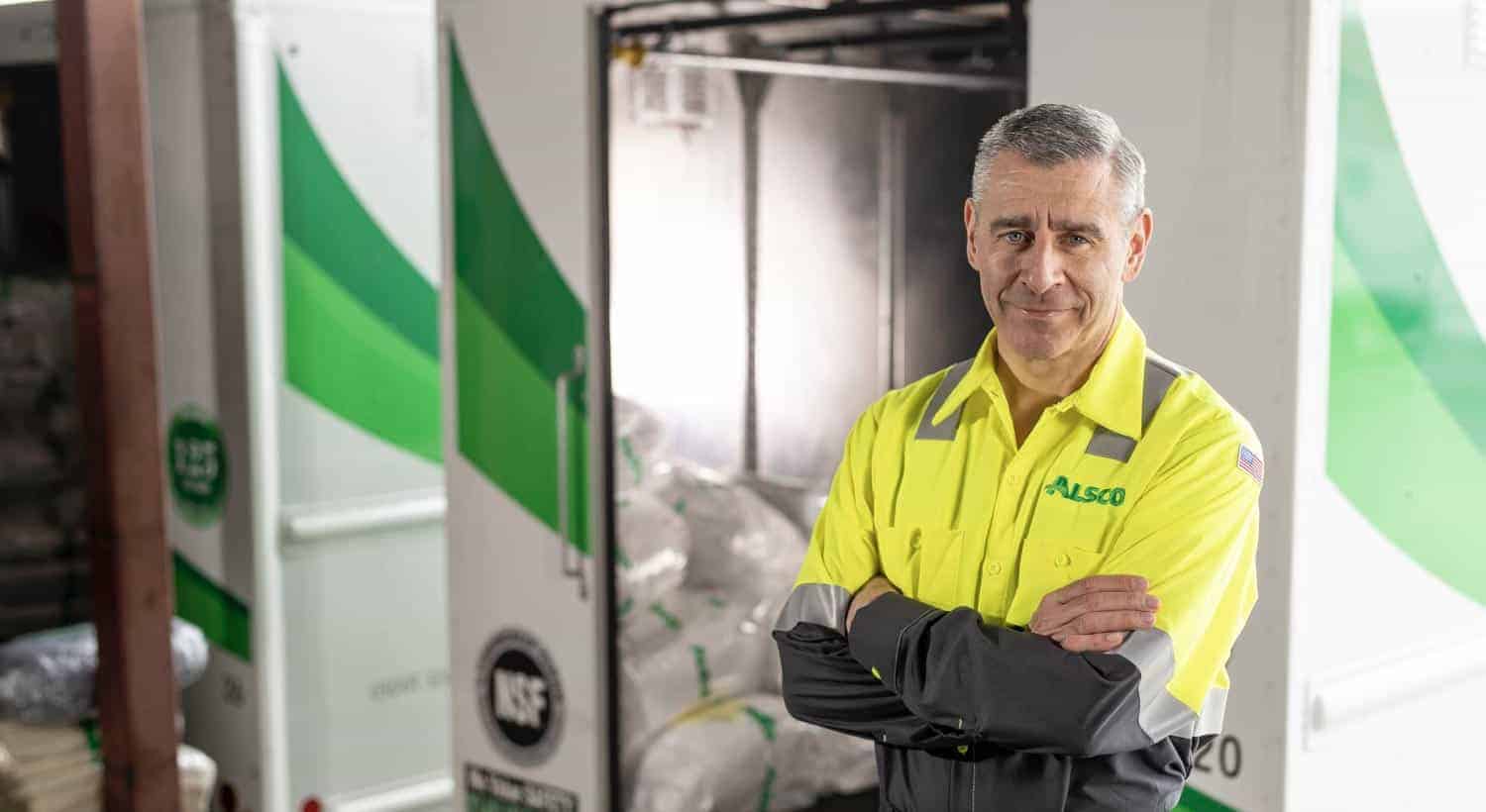
High-visibility clothing is required to meet a designated level of visibility in a specified work environment. The requirements are in place to provide safety and protection.
The high-visibility clothing requirements are broken down into four classes (Class 1, 2, 3 and E) and three types (Types O, R and P) of work environments that together meet the visibility and safety criteria published by the ANSI.
What is the ANSI and ANSI/ISEA 107?
The ANSI (American Nationals Standards Institute) is the entity responsible for coordinating and overseeing the standards of high-visibility safety apparel in the United States. Specifically, the ANSI/ISEA 107 is the publication that outlines the minimum amount of retroreflective material, location of the material and special features of the apparel.
For industries that require enhanced worker visibility, the ANSI provides guidelines that can be voluntarily implemented and followed for worker safety. Although the ANSI/ISEA 107 is a voluntary standard, specified high-visibility garments must be worn to comply with federal regulations that cover work environments where struck-by-hazards are present.
ANSI Performance Classes and Types
The ANSI/ISEA 107 guidelines provide instructions about, identification of and recommendations for apparel based on the environment where it will be worn and the activities the person wearing it will be performing.
The ANSI/ISEA 107 consists of four classes that correspond with three types of environmental settings—Type O, Type R and Type P—where the apparel will be worn.
The four classes designated by the ANSI are defined by the minimum visibility recommended from high-visibility apparel, the configuration of the apparel and additional apparel design requirements.
The ANSI performance classes and types are described in more detail as follows:
Class 1, Type O “Off-Road" provides good visibility with the lowest recognized coverage. This class is for workers in noncomplex environments where vehicles do not exceed 25 mph, such as workers who handle cart returns at the supermarket, are exposed to warehouse equipment traffic, and work in refineries and mines. Type O is appropriate for only off-road environments.
Class 2, Type R “Roadway,” also referred to as temporary traffic control, provides superior visibility with moderate coverage. Class 2 is for workers who are exposed to traffic traveling above 25 mph where workers need to be visible, such as roadway construction workers, crossing guards, towing operators and airport workers. Apparel will have additional high-visibility material to better define the human form. Type R is appropriate for only roadway work environments.
Class 3, Type P “Public Safety” provides visibility under poor light conditions and at great distance with the greatest body coverage. This class is for workers who need to be visible through a full range of movement, from a minimum of 1280 feet, and are exposed to high-speed traffic, such as law enforcement, first responders or road closure workers. Type P is appropriate for only work environments in public safety.
Class E includes any high-visibility garment that does not meet the requirements of a single class when worn alone. Class E clothing may be worn with any Class 2 or Class 3 apparel to reach an overall combination of apparel, which is then categorized as Class 3.
Identifying High-Visibility Apparel
As stated, the ANSI/ISEA 107 standard specifies which safety apparel must be worn to meet set guidelines. High-visibility apparel that meets certain ANSI/ISEA 107 guidelines will be identified on the label or on a marker affixed to the apparel. Each piece will be marked with the necessary information to indicate the class and type it meets and will remain visible for a predetermined number of washes. The following will be included on the label or garment:
Identification of the manufacturer
Product type or code
Size
Specific ANSI standard the apparel meets
Flame resistance statement (applies to FR clothing and uniforms)
Diagram with performance class and type

Finding High-Visibility Apparel That’s Right for You
Understanding the different classes of high-visibility apparel, types of work environments where it will be worn and the occupations of the people wearing it will help determine the right ANSI/ISEA 107 apparel options.
Alsco offers ANSI/ISEA 107 high-visibility uniforms that are made to stand out. If safety and protection are top priorities, reach out to Alsco today.
Sources
https://blog.ansi.org/2020/10/ansi-isea-107-2020-high-visibility-apparel/#gref. (November 2020). American National Standards Institute.
https://www.ccohs.ca/oshanswers/prevention/ppe/high_visibility.html. Canadian Centre of Occupational Health and Safety.
https://wwwn.cdc.gov/PPEInfo/Standards/Info/ANSI/ISEA1072020. Center for Disease Control and Prevention.
https://osha.oregon.gov/OSHAPubs/factsheets/fs42.pdf. Oregon Occupational Safety and Health Administration.
https://blog.ansi.org/2020/11/why-some-colors-are-more-visible/. (November 2020).
https://smallbusiness.chron.com/osha-visibility-requirements-47084.html. (August 2020). Houston Chronicle: OSHA Visibility Requirements.
